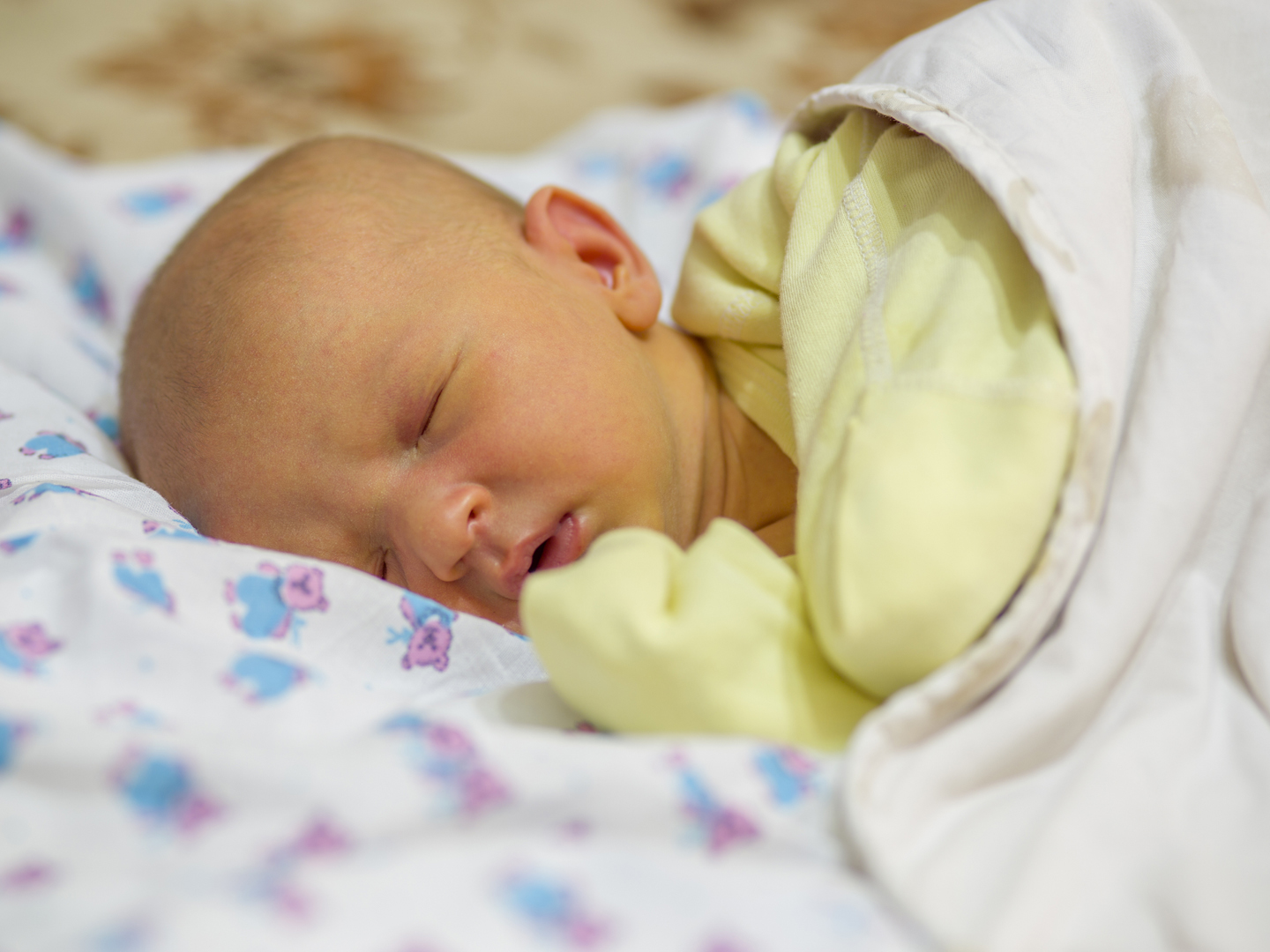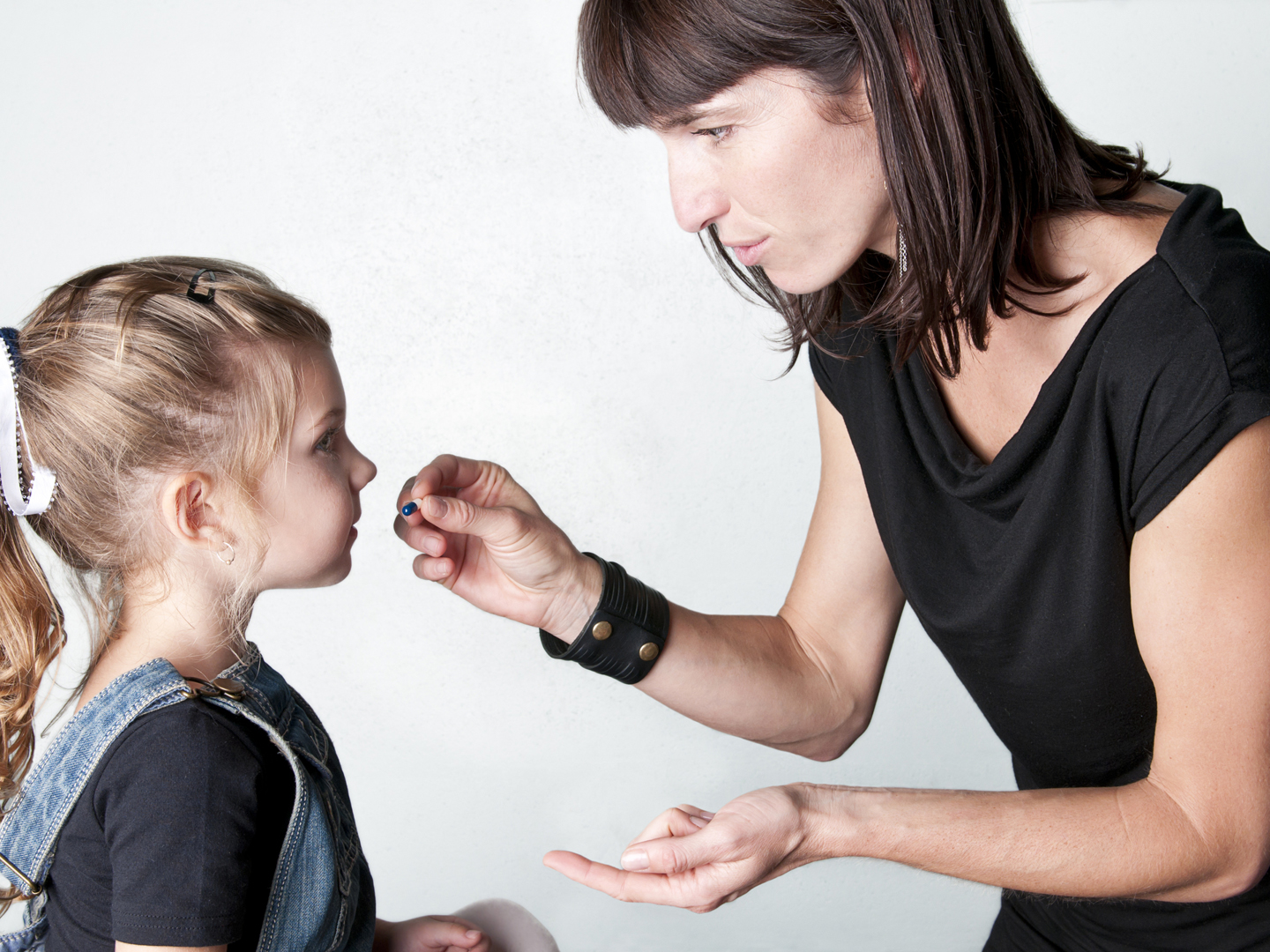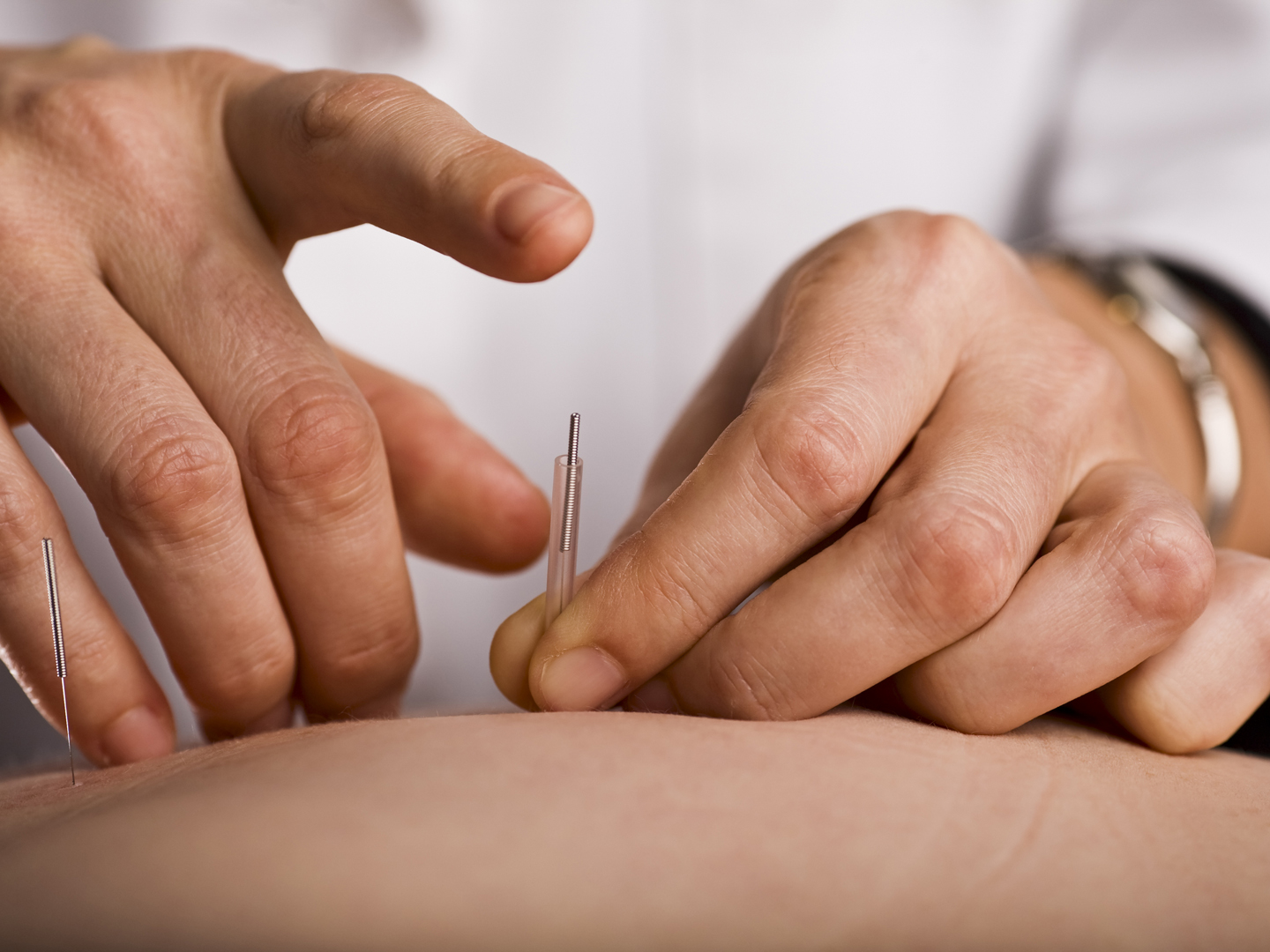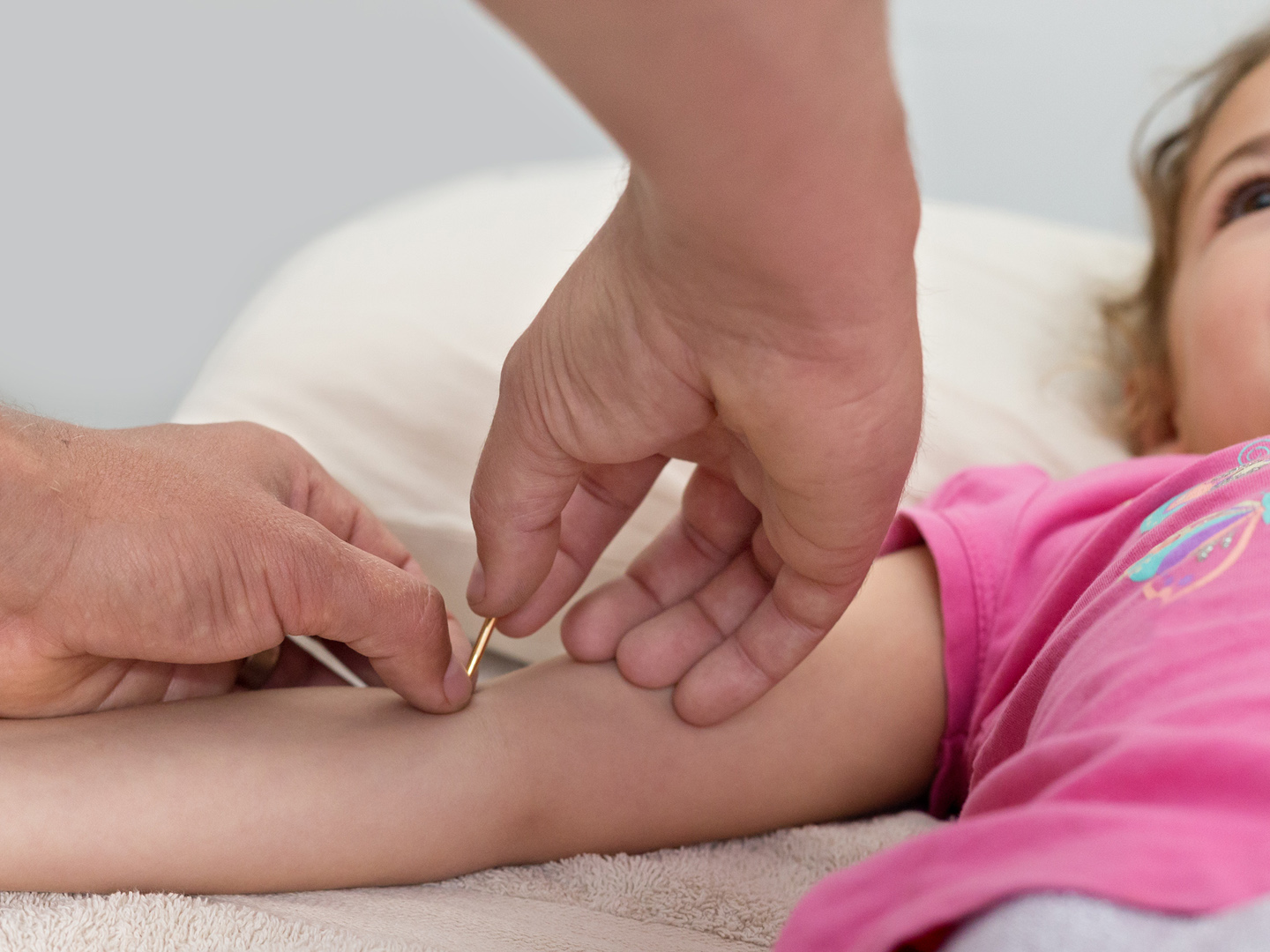Jaundice, Newborn

What is newborn jaundice?
Newborn jaundice, or neonatal hyperbilirubinemia, is a condition resulting from excessive amounts of bilirubin in the blood. Bilirubin is a normal breakdown product of red blood cells. Newborn jaundice occurs when bilirubin builds up faster than a baby’s ability to eliminate it from the body. Research shows that jaundice occurs in approximately 60 percent of full term babies and 80 percent of premature babies. Under certain conditions, abnormally high levels of bilirubin can develop and be toxic to newborns, particularly to their nervous systems. Fortunately, most neonatal jaundice resolves over time without any treatment, or with only minimal intervention.
What are the signs and symptoms?
The classic sign of newborn jaundice is yellowing of the skin and sclera (the white part) of the eyes. These babies often look like they have a suntan. The jaundice can appear in stages, depending on how much bilirubin is circulating. Although not always a true indication of how severe the bilirubinemia is, when the concentration is at around five milligrams per deciliter (mg/dL), only the face appears yellow with the yellowish tint advancing down the body as bilirubin increases. At around 15 mg/dL, it typically moves down to the abdomen; and at over 20 mg/dL, the entire body is yellow including the soles of the feet. A simple way to check for jaundice is to gently press a finger against the baby’s skin. Normally, when you remove your finger, the area will momentarily turn white, but a jaundiced baby’s skin will remain yellow in color.
High concentrations of bilirubin can lead to poor feeding and lethargy (extreme sleepiness). At levels over 25 mg/dL, there is a risk for hearing loss, mental retardation, spastic paralysis and, if left untreated, even death. Kernicterus (permanent brain damage) is a condition caused by excessively high levels of bilirubin that are left untreated. This is extremely rare in developed nations, however, due to early recognition and treatment.
What are the causes?
Hemoglobin is the pigment in red blood cells (RBCs) that carries oxygen and gives blood its color. As RBCs age and are broken down they release their hemoglobin, which is processed a number of times before it is removed by the body. Bilirubin is a yellowish-orange pigment produced during the processing of hemoglobin in the liver. Normally, bilirubin passes through the liver and is excreted as bile into the intestines, where it is eliminated from the body through the bowels. Because newborns have immature livers, they often are unable to remove bilirubin as quickly as they make it, which results in the yellowish skin tone. This is called physiologic jaundice. It is very common and typically presents between the second and third day of life, peaks by day four, and resolves without intervention within 2 weeks.
Breastfeeding jaundice and breast milk jaundice are variants of jaundice related to nursing babies. Approximately 13% of breast-fed newborns will become jaundiced during the first seven days. This is typically seen when babies are not nursing as much as their bodies require, leading to reduced numbers of stools and decreased excretion of bilirubin through the bowels. Breast milk jaundice, on the other hand, usually presents after the first week of life. This is less common. It affects about one in 200 babies, and there is still uncertainty as to what its cause might be; possibly, enzymes in mother’s milk may allow bilirubin to be reabsorbed from the GI tract back into the blood. Another theory suggests that certain fats in mother’s milk may be processed preferentially by the liver, allowing concentrations of bilirubin to rise. Regardless, breast milk jaundice usually peaks at weeks two or three, and resolves without treatment.
There are many less common causes of jaundice in newborns. Any event or condition that raises the number of RBCs that need to be processed by the liver can cause jaundice. Sometimes the natural trauma during a difficult childbirth can produce significant bruising and excessive damage to red blood cells result. The use of suction to the baby’s head in vacuum-assisted deliveries often results in the formation of a hematoma and consequently increased RBCs that need to be processed. A baby can also swallow blood during childbirth, which travels to the intestines and is reabsorbed into the bloodstream. Abnormal blood cell shapes and children born with polycythemia (a disease in which the proportion of blood volume made up of RBCs increases) can create an overload of RBCs to be processed. In mother-baby blood incompatibility (also called Rh incompatibility), maternal antibodies that pass through the umbilical cord to the baby will attack fetal blood cells causing bilirubin levels to rise significantly.
Sometimes jaundice can be a sign of a serious underlying problem. Any condition that interferes with the body’s ability to process hemoglobin can abnormally raise bilirubin levels such as prematurity, hypoxia (lack of oxygen), thyroid insufficiency, certain enzyme deficiencies, and infection. Pitocin, a drug commonly used to induce delivery, is associated with increased bilirubin levels in newborns. Additionally, supplementing with vitamin K during pregnancy can sometimes increase the risk of neonatal jaundice, as can mothers who are diabetic during pregnancy.
What is the conventional treatment?
When the jaundice is caused from breastfeeding, typically it will resolve on its own. Supplementing breast milk with formula for one to two days often increases stooling and causes the levels to fall quickly, and they generally do not rise again once breastfeeding is resumed. If the baby is well enough, even though bilirubin levels may be elevated, the doctor may want mom to simply increase feedings to avoid interrupting breastfeeding and the bond it creates between mother and child.
UV light helps in the breakdown of bilirubin, and if bilirubin levels rise between 15-20 mg/dL, phototherapy may be indicated The newborn is placed under special blue lights (with protective eyewear) that assist in the processing of bilirubin into lumirubin, a compound with a different structural formula that is more easily eliminated by the baby.
A different type of light therapy can be used at home. A “bili-blanket” is a fiberoptic blanket that is placed against the baby’s bare back and works similarly to phototherapy. Once levels normalize, they usually will not become elevated again. Cases of physiologic jaundice almost never require treatment beyond phototherapy.
In the most severe cases of jaundice, an exchange transfusion is required. In this procedure, small amounts of the baby’s blood are replaced with fresh donated blood, thus diluting the bilirubin and (in the case of Rh incompatibility) maternal antibodies if present. This is a specialized procedure typically performed in facilities that care for critically ill children. Recently, promising studies have shown that treating severely jaundiced babies with intravenous immunoglobulin is very effective at reducing bilirubin levels to safe ranges.
What does Dr. Weil recommend for newborn jaundice?
Early detection of rising bilirubin levels is key to preventing problems. Any premature child, and all full term infants that are discharged home on the first day after delivery should be seen by a doctor or trained health care professional during the next few days.
In newborns, some degree of jaundice is normal, not preventable and is not a health risk. The risk of significant jaundice can often be reduced by feeding babies at least eight to 12 times a day for the first several days and by carefully identifying infants at highest risk. All pregnant women should be tested for blood type and unusual antibodies. If the mother is Rh negative, follow-up testing on the infant’s cord blood is absolutely required.
Lactation consultants can offer helpful suggestions if breastfeeding mothers have issues or concerns. Sometimes unbundling a sleepy infant completely can allow better feeding than when the child is too cozy. Exposing infants to mild amounts of sunlight by sitting them near the window or outside for twenty minutes can also help break down bilirubin. Obviously, this works better in summertime than in winter.









